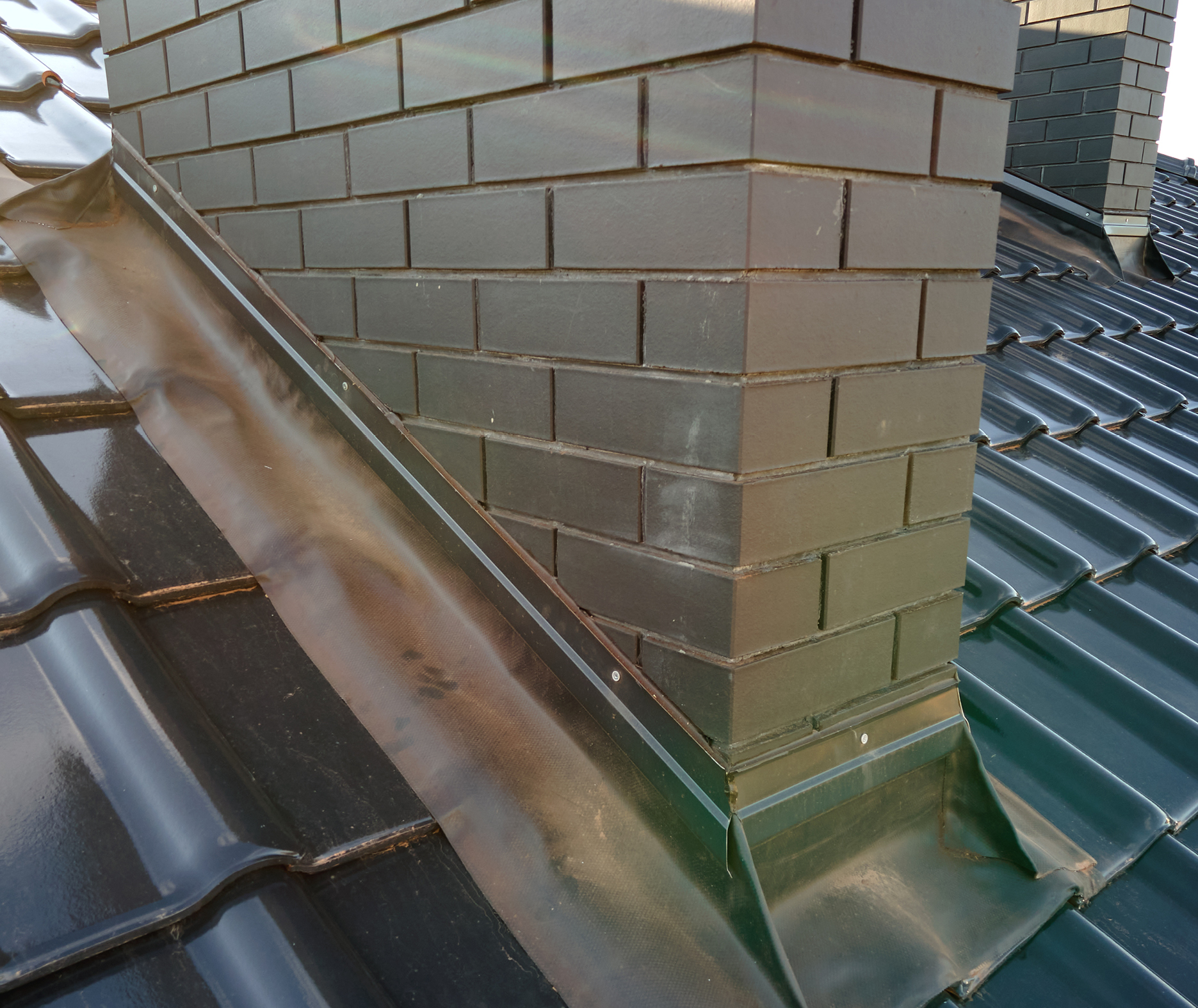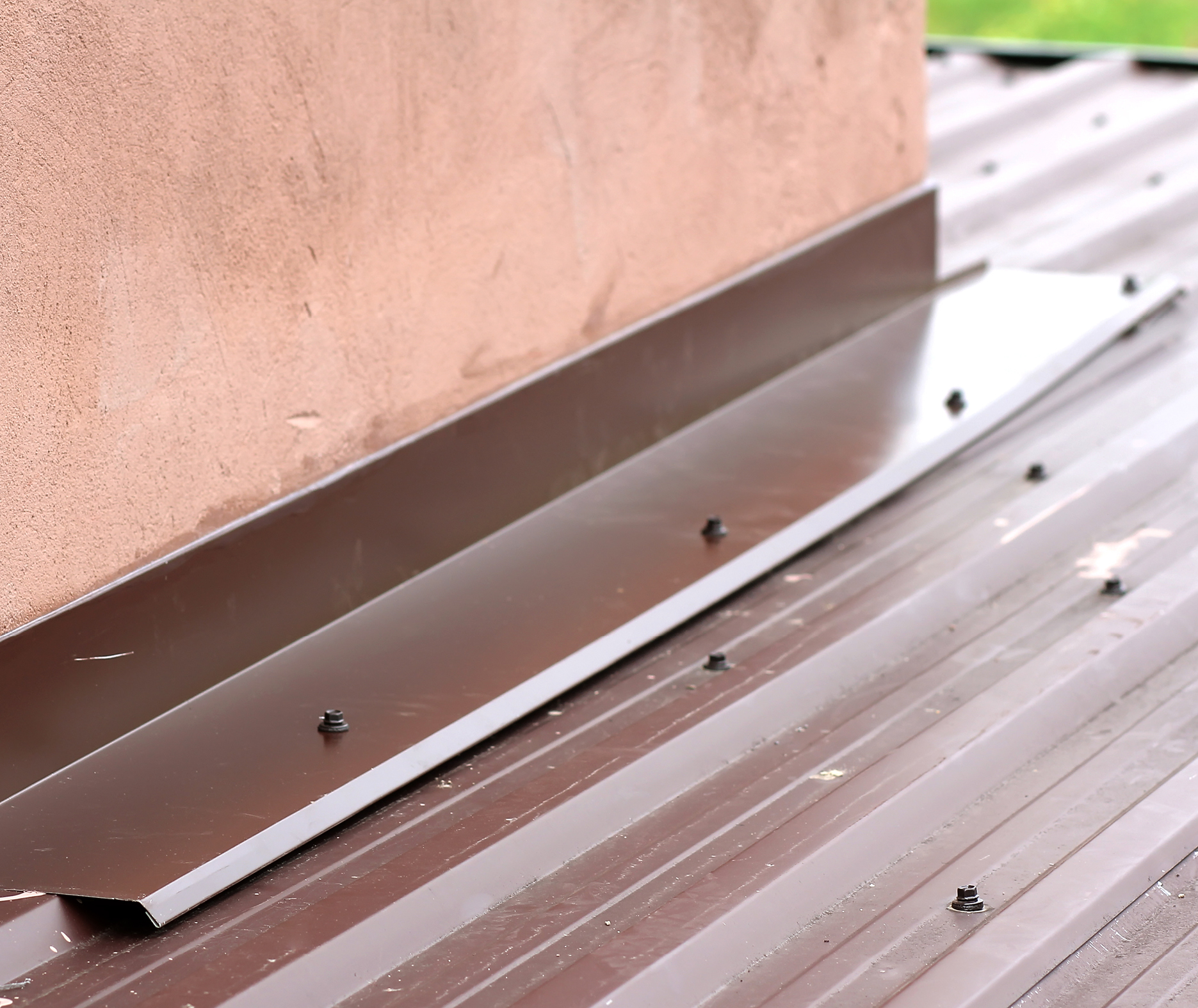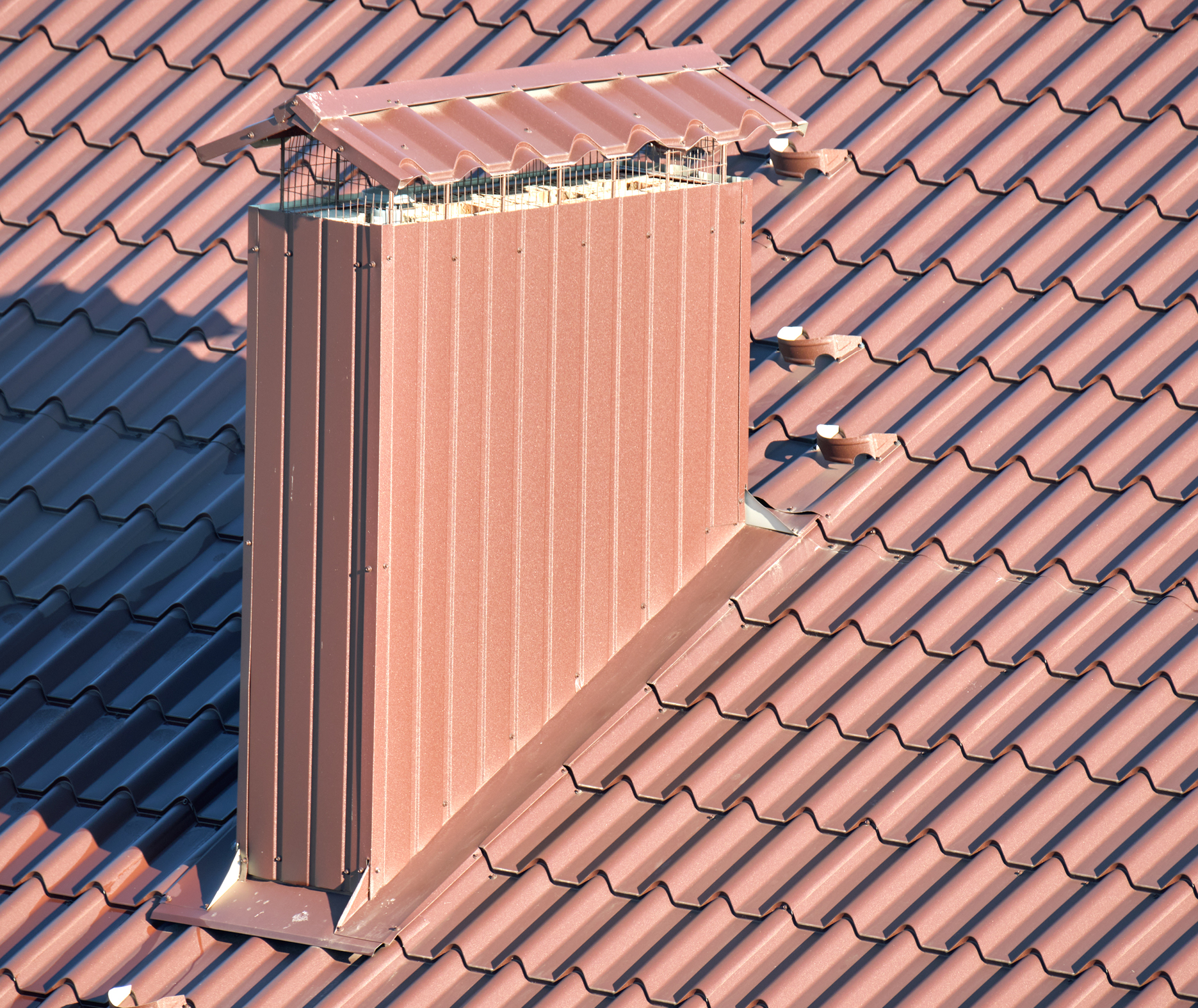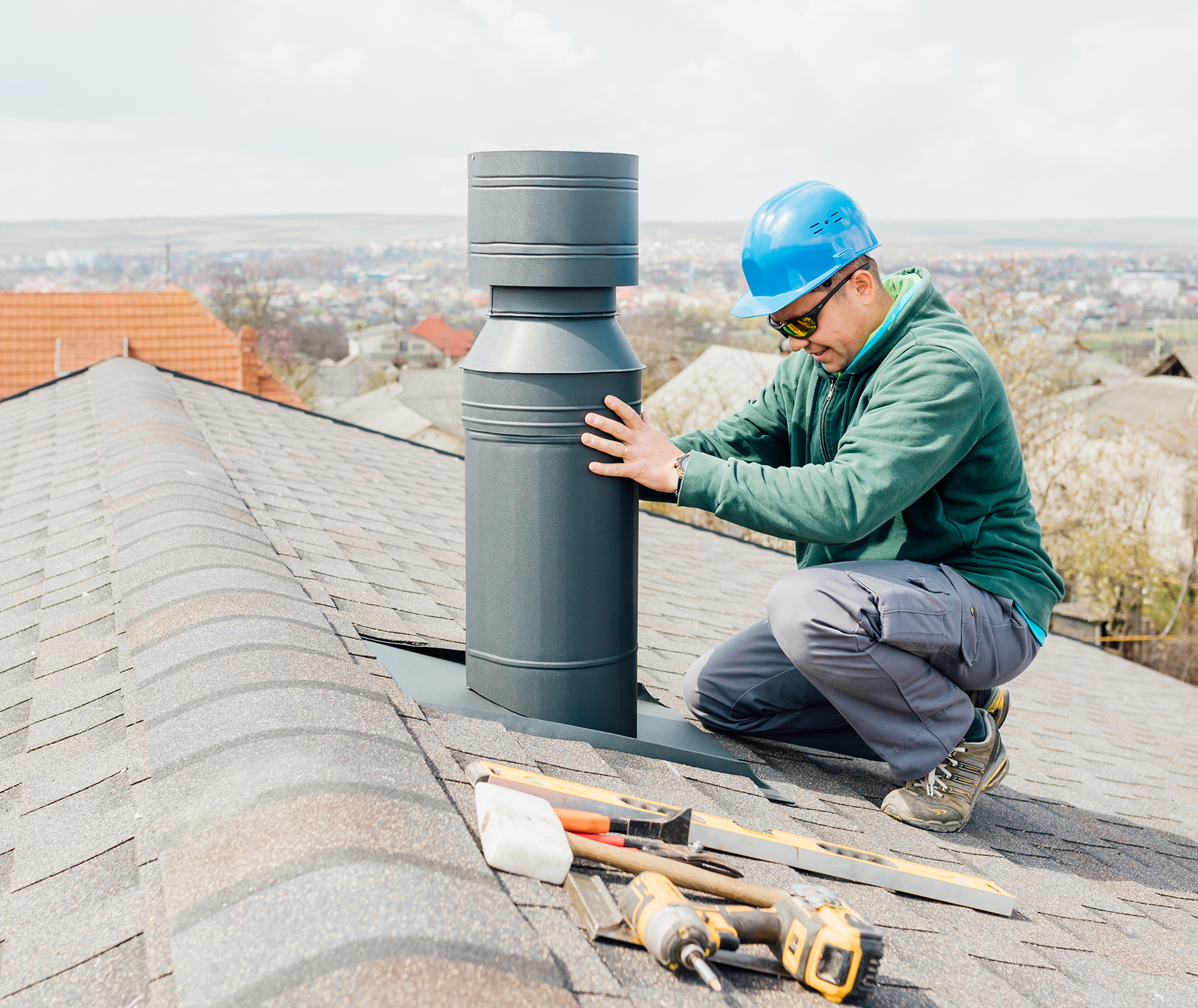What Roof Flashing is and Why it’s Crucial for Your Roof’s Integrity
July 4, 2024 Admin
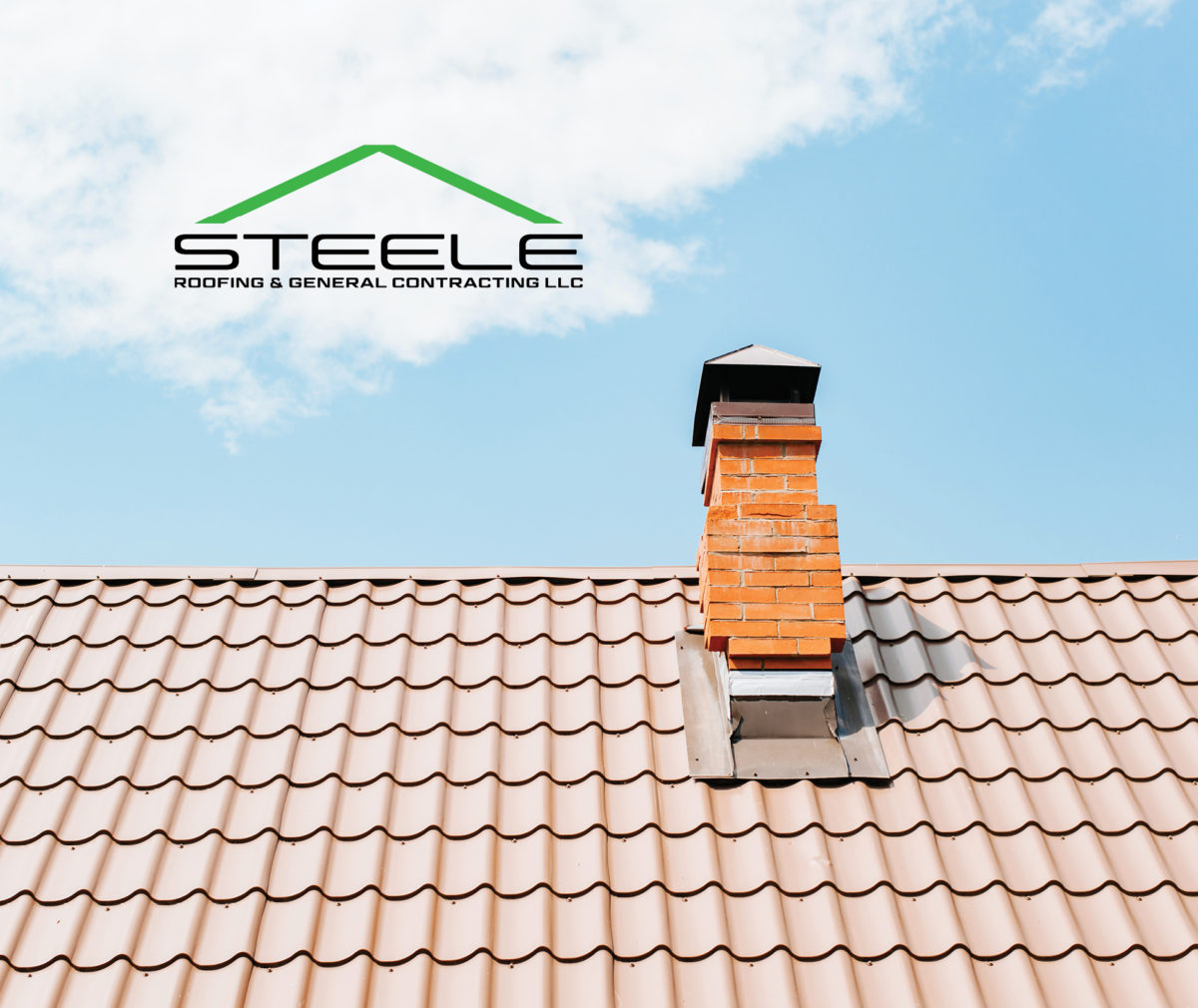
Steele Roofing, a local roofing company in East Texas, has seen a lot when it comes to common roofing problems: issues with roof gutters, missing or displaced roof shingles, storm, hail, and wind roof damage, and just about every kind of roof leak possible.
One of the biggest issues with roofs is something that isn’t talked about as often: roof flashing.
Have you heard of roof flashing?
Do you know where the flashing on your roof is and when it was last inspected, repaired, or replaced?
When it comes to roofing materials, the flashing on your roof is one of the most important and is crucial for your roof’s integrity.
There are many places where things are “joined” to your roof. There are also areas with joints and/or seams. These areas are prime places for your roof to leak if not properly sealed with the correct kind of flashing.
What areas of your roof need roof flashing?
A few places on your roof that need flashing are roof valleys, dormers, vents, walls, skylights, and edges.
The purpose? To keep water out!
From the ground, a roof can seem like one cohesive unit, but it’s actually made up of many parts—parts that must work together in order for your roof to function as it should and keep the weather out and warm/cool air in.
Anyone who’s ever needed to call in a professional roofer because of a leak around a chimney or skylight knows that compromised flashing can cause big problems.
What kind of big problems?
Problems that impact not only your roof but also the rest of your home.
East Texas is known for its storms, which can have high winds, driving rain, and even tornadoes. This type of weather is hard on roofs. Leaks can happen easily—especially if your flashing isn’t maintained.
Leaks can cause an incredible amount of damage to your home. Mold and mildew are two unfortunate impacts of a leak caused by damaged flashing. Not only can mold and mildew impact the integrity of your home’s building materials—they can also negatively impact your health. This is especially true if you have a compromised immune system, asthma, allergies, or other breathing problems.
Leaks can also create unfortunate cosmetic issues, such as stains on your ceiling and walls.
In addition, leaks from flashing problems can ruin your home’s building materials, so you’re forced to make expensive repairs or even need to replace your ceiling and walls.
As you can see, making sure your flashing is in good working order is crucial to not only your roof but the well-being of your entire home.
A few types of flashing:
There are multiple types of flashing. The areas on your roof that have pieces sticking out–such as a chimney–usually use continuous flashing or step flashing. These types of flashing protect your roof in different but similar ways. Step flashing goes beneath each shingle that’s adjacent to the chimney or other protrusion—such as a wall—to keep water from running into the small spaces that can occur between the roof shingles and whatever is sticking out.
What is flashing made of?
Most commonly, the metals used for flashing are steel, aluminum, or copper. Steel is the most commonly used material because of both cost and long-term durability. Aesthetics can also play a role, especially when it comes to the edging along your roof or along wall/chimney edges. Copper, while not as durable and generally more expensive, can add a nice look to your roof.
Do you have valleys on your roof?
Valleys can be a prime place for roof leaks. They’re an area on your roof where water can easily flow and collect, causing leaks. It’s important to make sure the valleys in your roof have flashing and that the flashing is properly maintained.
Skylights?
Skylights are notorious for leaks. If you have a skylight, you probably know this. Keeping up with the repairs of the flashing around your skylights can make all the difference when it comes to dealing with leaks.
When it comes to protecting your roof from the elements, making sure the flashing around your chimney, dormers, roof edges, etc., is maintained is crucial. Flashing is the main barrier protecting the inside of your home from water damage.
Too often, people forget about their flashing and focus on maintaining the more obvious aspects of their roof.
One excellent way to make sure your flashing isn’t compromised by time and the elements is to schedule regular roof inspections with your trusted local roofer. Regular examinations with professional equipment are important for your entire roof and are a proactive way to head off expensive repairs down the road if roof leaks and other issues are left unaddressed.
If you haven’t had your roof inspected in a while, call your local roofer today and schedule a roof check—after all, it’s the roof over your head!

